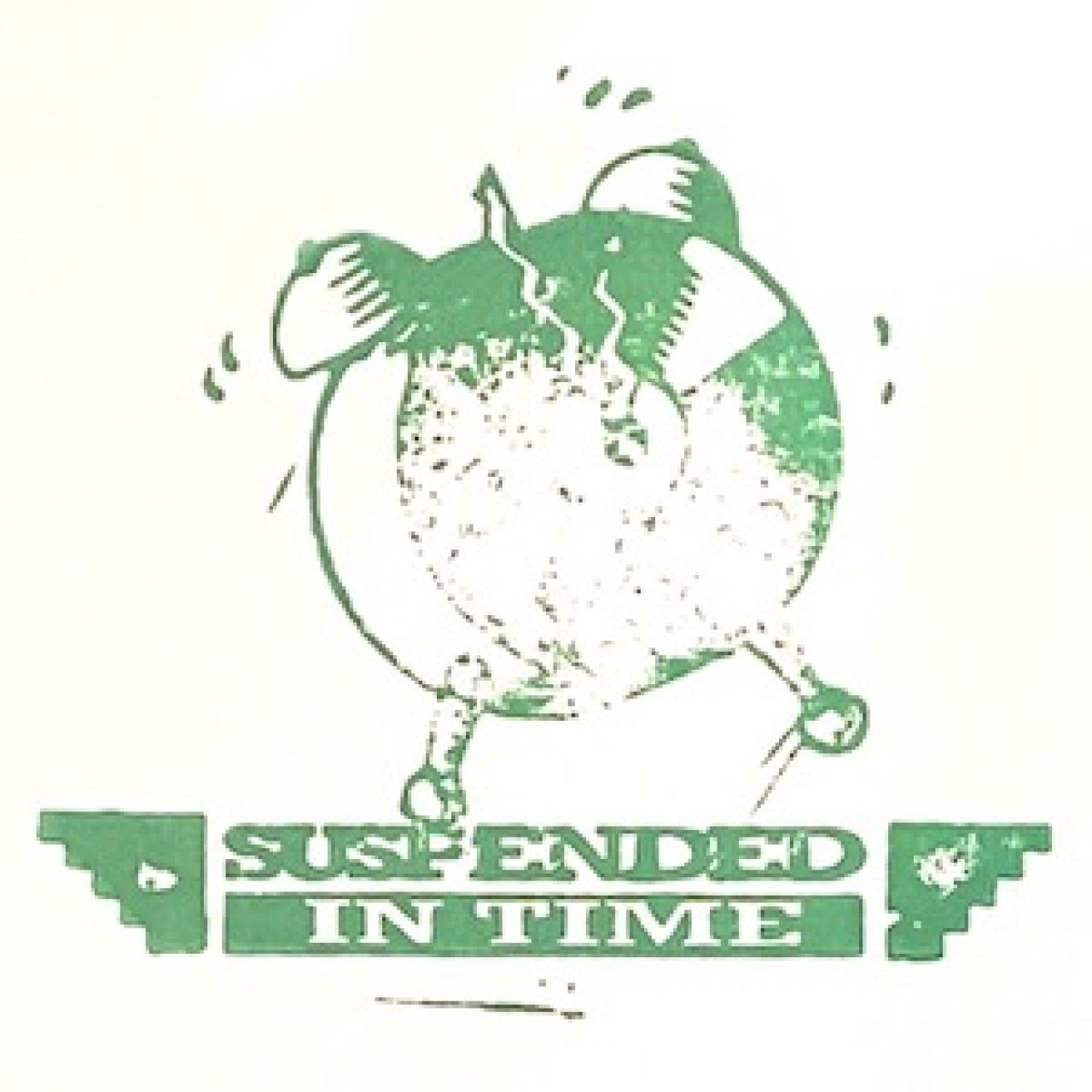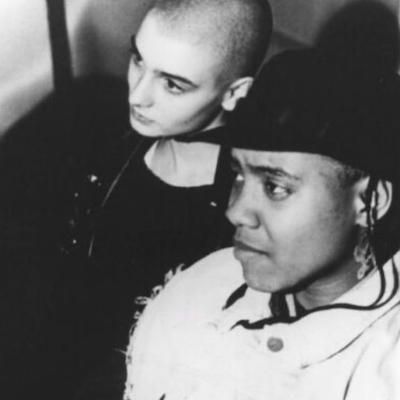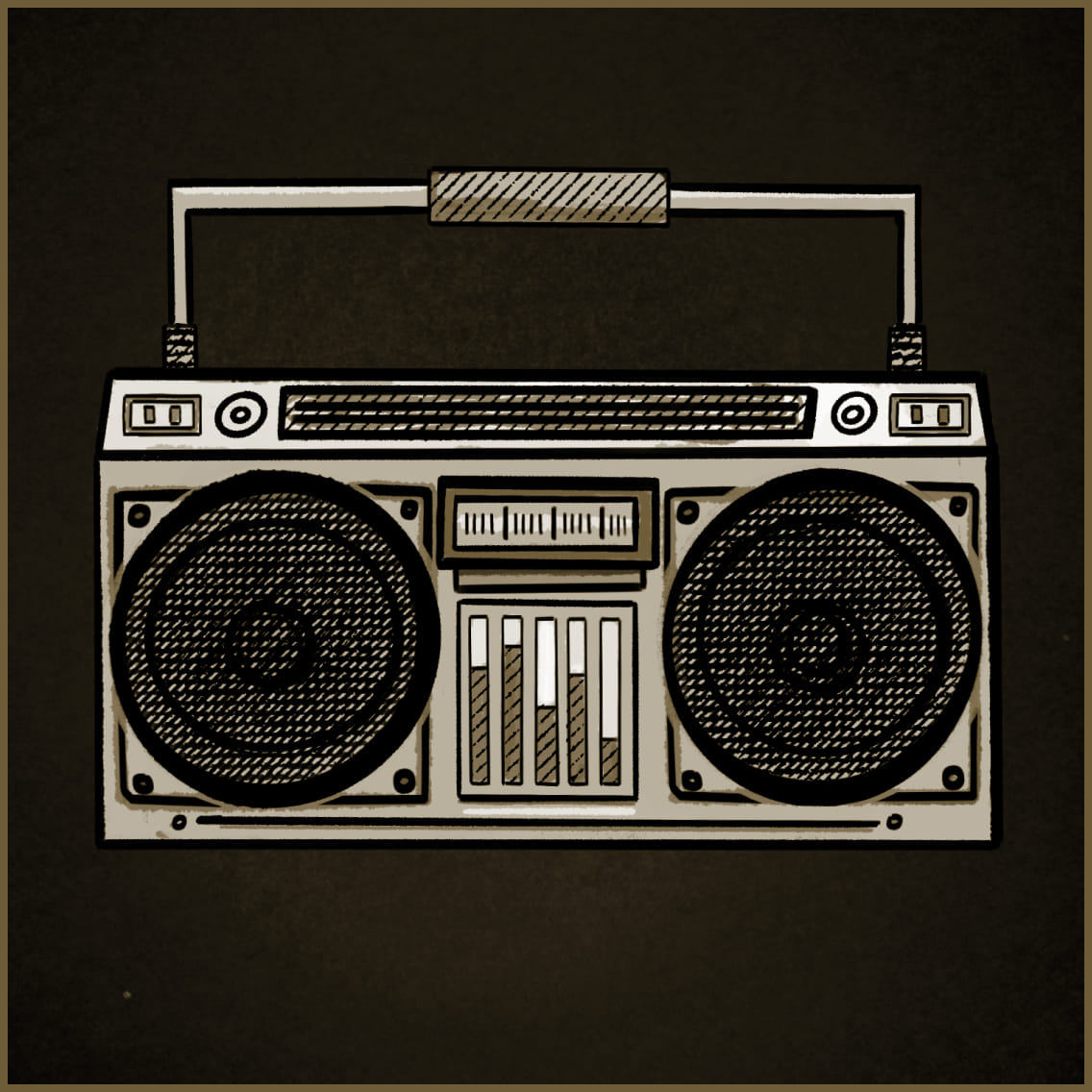Earlier this summer, Hua Hsu published Suspended in Time, a limited-edition zine that hearkens back to his years in the late 90s and early Aughts as a hip-hop-centered music journalist. Akin to its namesake, the first issue captures a specific period in the life of designer Noah Haytin, who got his start making artwork for Bay Area rap labels as a high-school fan. It also serves as a preface for Hsu’s highly anticipated second book, Stay True, a memoir and tribute to a late childhood friend that’s scheduled for release in September. Hsu is currently a staff writer for The New Yorker and a professor of literature at Bard College.
I’m curious how you came up with the concept of a catalog number for the issue. I thought that was a nice touch, and the “ST” reminds me of Stones Throw’s catalog system. It seems like you’ve been having some fun with the Stay True project in general: postcards, heavily designed web pages, and now a zine.
When I used to make a zine in high school and college, I held onto this dream to get to 10 issues. I think it just made the endeavor seem “serious,” getting to double digits. In theory, Suspended in Time will go on for as long as I come across interesting stories, so it made sense to add a catalog number. But doing that, as opposed to just numbering issues, was because I think each one will essentially be a stand-alone story.
While writing my memoir, Stay True, I was reminded of how much time I used to spend in my teens or early twenties just writing or making things with no real goal in mind. It made me want to do it again, which is why I made the zine (which is pretty separate from my writing…it’s explicitly not “my” writing but just me conveying other people’s stories) and the various websites/weird promo things (postcards, fake KALX broadcasts circa 1997, etc.) for my book.
On your website, you’ve been collating what you call “rabbit holes.” Why did you choose to make this interview a physical product instead of a part of your website, byhuahsu.com?
The different websites I’ve been tinkering with kinda spin out of my book, which takes place mostly in the mid-to-late 90s. I was really trying to return to that ethos of, like, spending time on the old, pre-algorithm/data-mined internet, where things could just disappear and there was no real sense of how anyone could make money off being “online.” I write about it in the book and the sites have a light scavenger hunt feel to them because they’re about evoking a vibe or set of sensations.
With Suspended in Time, I really wanted the people I interview to have a thing they could bring out into the world, give to friends, sell, etc. It’s cool to have this physical object that attests to who you are. And making it a physical zine also creates these limitations on how much of the story can be printed. I liked that idea of giving these intense glimpses of someone’s experiences and enthusiasms. The first issue is about Noah and his desire to be part of the Bay Area rap world in the early nineties. I just wanted to hear about those transformative moments for him. I have a few other issues mapped out, about people who were into different kinds of scenes, and the only real unifying element is that these are stories of people getting really, really into something and figuring out who they wanted to be. That’s what music did for me, and I love hearing about these stories from other people.
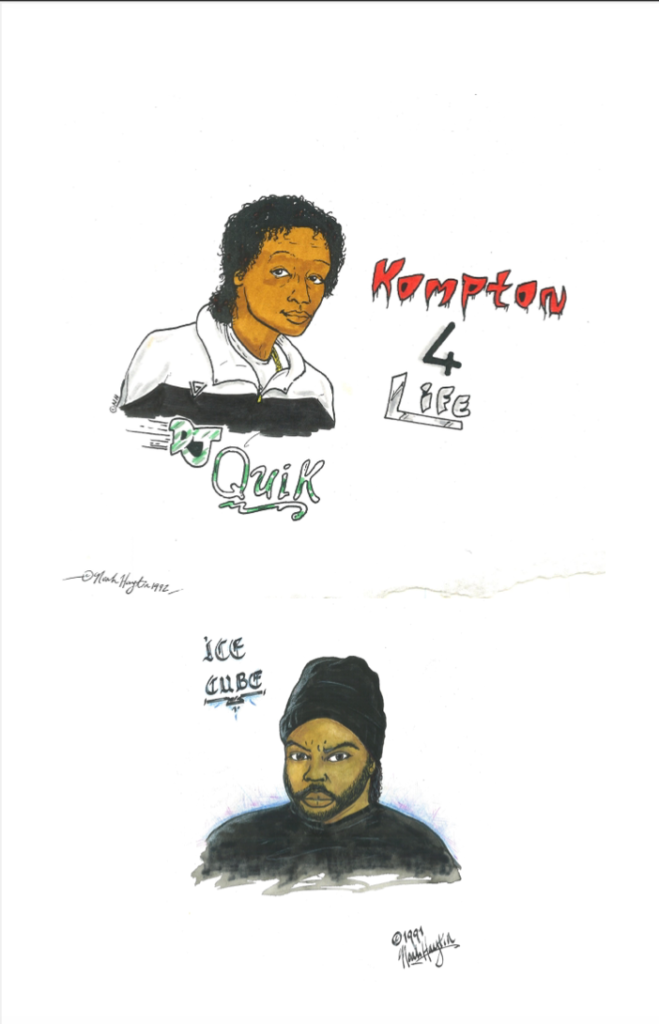
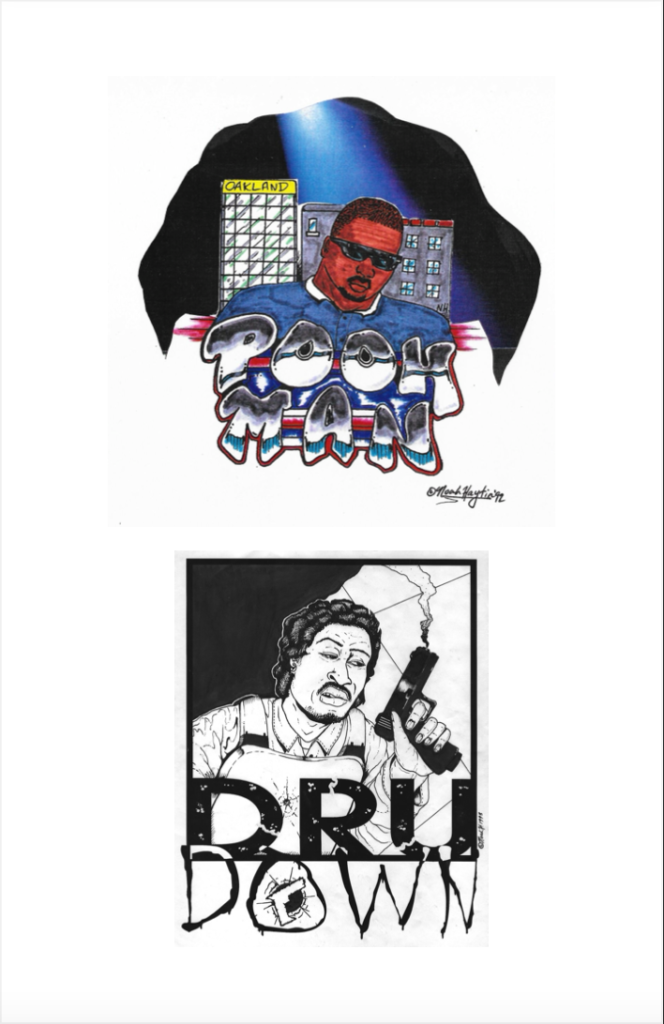

What are some of your inspirations for Suspended in Time? Its size is reminiscent of punk zines. Historically speaking, I’m struggling to think of hip-hop zines that are physically structured in the same way. There was Let’s Side in the Bay Area in the 2010s. There’s also a New York zine that emerged a few years ago, Caltrops, which spotlights underground rap. Can you think of others?
I always felt like the main difference between a zine and a magazine was the sense of voice/personality. Distribution and production quality matters, too. But I think about stuff like Kronick or Ego Trip and those felt really more like “punk zines,” in terms of voice and humor and perspective. I know there were others throughout the country — that Divine Styler one? (the Canadian zine In Search of Divine Styler) — that I never got my hands on. I was inspired by a lot of pretty low-budget graffiti zines — there were a ton of xerox-and-staple ones in the Bay Area when I was in college. It’s an interesting question though — I think a lot of punk zines emerged in opposition to “mainstream” rock publications. Whereas hip-hop journalism was still pretty defiant and fringe well into the late nineties. You could write about fairly obscure stuff in, say, URB magazine. I think by the time people really got into offering a different approach to rap writing, the internet was the best space for it. I did just start reading this really charming hip-hop zine called Street Dreams that I discovered from Dale, this shop in Miami.
Suspended in Time focuses on Noah Haytin, who worked on the Luniz logo and designed the first No Limit Records logo. How expansive was your conversation with him? Why did you intentionally limit the zine to his high-school years? Also, why did you choose to focus on him?
I think Noah and I talked for a few hours in the early weeks of COVID. I wanted it to feel conversational and breezy rather than exhaustive. Like you were just meeting someone, and they were telling you some interesting stories about themselves. I didn’t really intentionally limit it to his high-school years, but I think the stories we talked about were mostly limited to his early days of getting involved with art, the early days of hustling gigs.
I chose to focus on Noah first because he was the first interview I got to do. I’m working on others now, but his story seemed such a clear embodiment of what the series is about that it made sense to start with him. I’ve spent so much of my career writing about music from my perspective. I’m tired of my perspective! I always loved the stuff in interviews when artists take you back to those formative moments. We all have them — not just artists. I wanted to tell those stories now with minimal intrusion from me as the critic/writer.
Can you talk a bit about designing the zine? Did you design it yourself? Was it an expensive process? I know you’re ramping up activity around your memoir, Stay True. Do you have plans for more issues of Suspended in Time?
I’m flattered that it feels “designed” at all! I just wanted it to be pretty clean and minimal, focusing on Noah’s words and art. There are a few things I want to continue doing with future issues — the emphasis on images, a unique stamp that relates to the story (in this case, Noah re-did his iconic In-A-Minute Records logo to say Suspended in Time), etc.
Yeah, there are plans for more issues! Ravers, goths, mods, graf writers…if you got a cool story and the images to match, hit me up!
Humthrush.com will always be free to read and enjoy. If you like my work, leave a tip at Ko-fi.com/humthrush.
